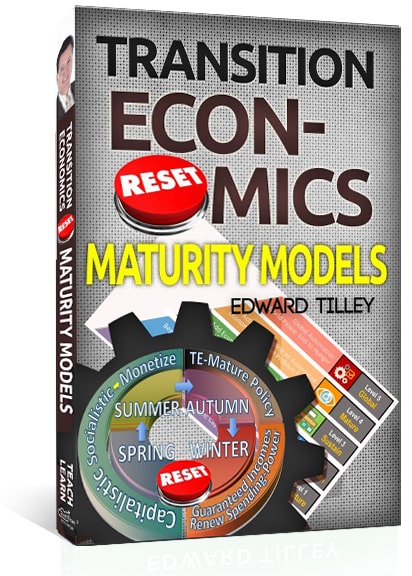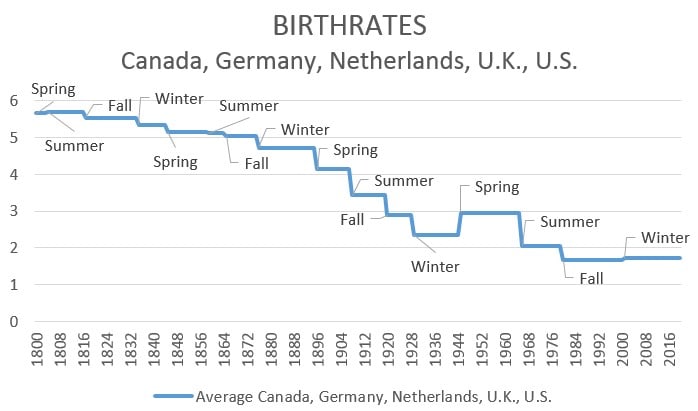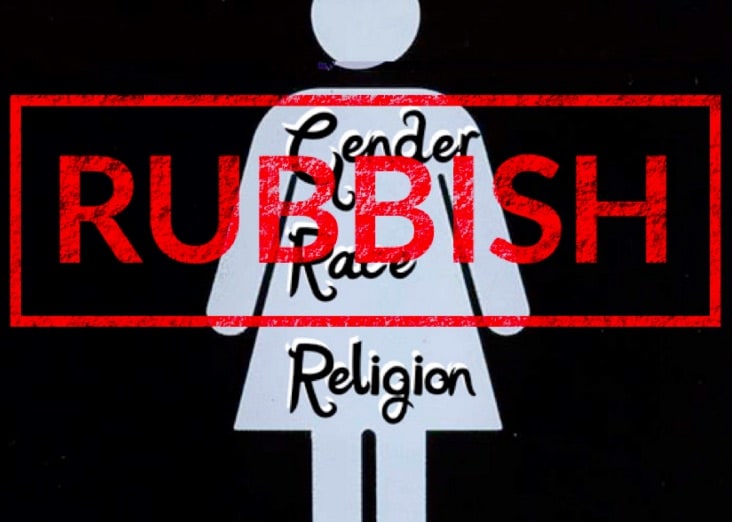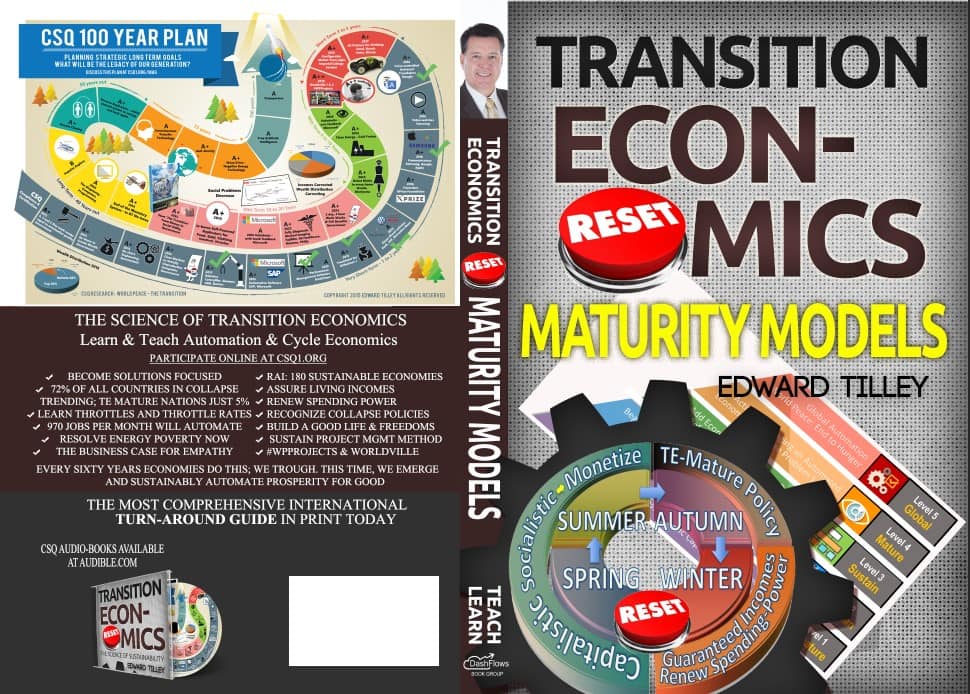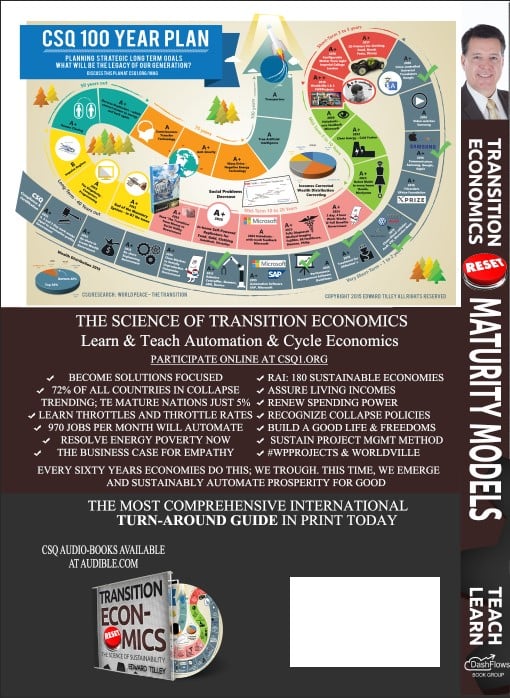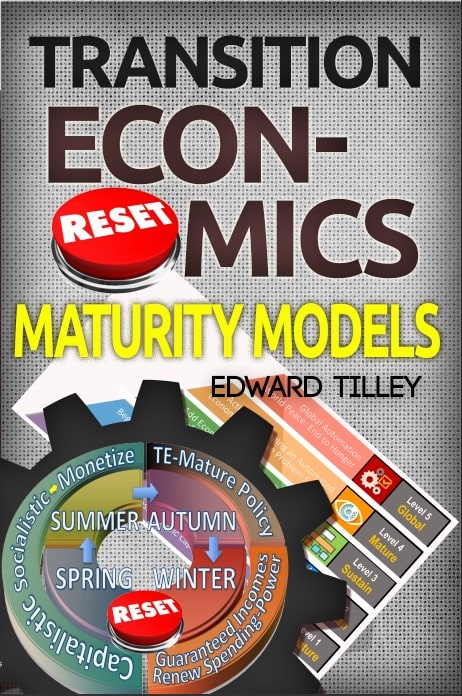Description
Shipping Now!
| Amazon | Apple – Coming Soon! | Kindle – Coming Soon! |
|
Coming Soon! |
Coming Soon! |
![]() Find our new Transition Economics Homepage here
Find our new Transition Economics Homepage here
Transition Economics is the Science of setting social policy that corrects naturally occurring inequity cycles in Capitalistic economies and permits profitable automation, renewed opportunity, human rights, and freedoms. Ensuring that people have incomes and that those incomes have renewed spending powers in a tax-neutral climate is critical now, and this is the goal of transition economics “throttles” and TE Maturity Modelling as well.
Transition Economics Maturity Modelling – is a component of the Transition Economics Reference Guide. Read more about Transition Economics Maturity Modelling here.
Transition Economics Maturity Levels

Maturity Models are standardized measuring charts that help direct the services offered by any leadership team within a topic industry. These models are commonly seen in Construction, Technology, and Transformation Project Management Offices and serve us well in Economics too.
Maturity Models often discuss five or six major steps, which are usually just a series of building-block projects that must be implemented in order to take a group – from Immaturity – as a reactive fire-fighting organization; to Maturity – a pro-active, professional, transparent and successful Economic engine.
Highest-level maturity countries have transcended their cost-center beginnings by offering policies and solutions that make them a sustainable profit generator and a strategic differentiator; a business-enabling force for their country.
Mature vs Immature
What would a TE-Mature Transition Economy look like? Surely it would be running the strongest policies that their business cases can confirm are sustaining a healthy, advancing economy. GDP reports would confirm that citizens have strong incomes and renewed spending power too; and more than this, the most mature countries will have the time, resources, and best-practices to help other countries achieve TE-Maturity the same.
A TE-Immature Country will be using policies that are inappropriate for our current K-Wave Winter Economy. These policies are proven to extend social problems, financial collapse trendings, and even threaten lives via homelessness suicides, or revolution. We gentrify “Revolution” by calling it Popularism in media today… and surely Trudeau, Brexit, Trump, and Podemos (Spain’s two-year-old Anti-eviction Socialist Party that is sweeping to leadership) were examples…
And, more lives will be lost – and more risk of Global conflict will arise as temperatures drop and interest rates rise.
There is a very real urgency warranted for the correcting of Government Economic, Social, and Business Policy globally today. There is also very little to worry about in that a Global “Right Plan” and #TEMature Policies exist too.
Developed by observing policies proven to work in 95% of countries that adopt them, #TEMature Policies spell out a responsible approach step-by-step. See the discussion of TE-Throttles and TE-Throttle Rates in Transition Economics books to understand that these changes can happen quickly and responsibly as well.
TE-Maturity and Calculus
Isaac Newton and Gottfried Leibniz solved the timeless problem of how to determine Instantaneous Velocity by inventing limits (called infinitesimals back then) and Derivatives in Calculus. Leibniz went on to develop Differential and Integral Calculus as well, and both men could be easily regarded as giant contributors to science who made enormous advances in not only a new mathematics field, but also in physics, science, philosophy, and economics.
Calculus is an advanced field of mathematics, which is based on a very, very simple solution that allows us to calculate the rise-over-run slope at a point so small that there is no delta; at an instant.

Similarly, the measure of Aggregate Performance for the many policies deployed within one country’s economy, is suggested to be determined by TE-Maturity. We accomplish this measure by normalizing an arbitrary definition for Trending and then establishing a baseline called “Collapse Trending”.
Consider that Transition Economics policies are driven and monitored by a business case empirically and measurably. This means that the many and varied ways of implementing any single policy are defined and can be controlled so that differences between one housing policy and another, for example, can be easily compared. If the policy aligns with TE Maturity policy, we can assign a statistical value reliably like 1 or 0, “Yes” or “No”, Like or Not Like, etc.

Read a summary of Transition Economics here

The Country RAI and Transition Economics Maturity Model

The new field of Transition Economics is an important read because our current economy must switch safely from an unsustainable status quo of policy that will lead to collapse; as it always has before every sixty years for 4000 years of our history. At the same time, we are transitioning from a Manual Economy to an Automated one – and this exciting development for mankind demands our smart support too. In Transition Economics:
Science solves Global and Social Problems
When Finance prevents Science
Transition Economics resets Finance
The Apple e-book will be available on Apple and Kindle.
An eBook SAMPLE will be available shortly.
Please note that the Softcopy book from Amazon is a 280-page, 6×9, black & white or full-color interior, perfect-bound book with 100+ charts and illustrations that usually ships within just a day or two upon release.
Be sure to visit our Online Magazine at https://csq1.org/mag
Highlights of Transition Economics Include:
|
|
|
|
|
|
|
|
|
|
|
|
“Imagine how foolish will we all look once we have permitted special interests to safeguard inequity – even at the risk of obliterating all in a nuclear war – at the very same time that humanity could have deployed our renewable automation to make money unnecessary.”
Transition Economics – Edward Tilley, 2016
Our Manual Economies are automating, and this is a very good thing once our governments are ready with the guaranteed income programs that transition citizens safely with policy that renews spending power and gives us ever-more productive and worthwhile projects and lives.
Scientific Cycle Economists realize that for 4000 years, economic controls have been enforced successfully to manage Capitalism’s normal 60-year cycles of peaks and then troughs in one-after-another succession.
History teaches that when we fail to provide important support for individuals and families at the end of an economic cycle, we create the underpinnings of social problems that lead to societal collapse, revolutions, and world wars. We see collapse beginning in Venezuela, Greece, and even Spain and the United States – a country with incarceration rates 5 times per capita than the next G7.
When these two cycles – automation and natural cycles in Capitalism – collide within a democratic society that is untrained in how to vote in support of policies that implement responsible financial controls that protect families, we arrive at the pressing need for the new science of Transition Economics.
Unlike 90% of books on the topic, Transition Economics explains very specifically HOW to transition to sustainable solutions in every facet of an economy step-by-step. Countless other books, scholarly articles, and media reports stop at explanations of WHAT are the problems.
Transition Economics applies the Scientific Method whereas most contemporary Economics theories do not. This means solutions are based on researched history and observable current fact – and a scholarly “Proof” as well. In this way, Transition Engineering is a study of more than Economics alone: drawing from History, Engineering, Science, Business, Strategic Planning, and Epistemology. Strong strategy and planning backed by SUSTAIN Project Management Method provide the foundations of strong leadership.
Voicing problems without solutions that are planned, proven, and implementable with clear directions and next steps – amounts to platitudes at best and voicing emotional frustration at worst. There can be no responsible leadership without a communicable plan and this is where Transition Economics begins.

